A couple of weeks ago, she went with me to the Darrell Hester Juvenile Justice Center in San Benito. A lawyer friend of mine who would be out of town needed someone to cover a hearing to get a kid out of jail.
This little boy, fifth grader, 10 or 11 years old, was "being detained" because at school he had been kicking and slapping fifth grade girls and even chased one into the girl's restroom. Kathy has taught 5th grade and believes this is pretty normal behavior.
This boy had been incarcerated for a week. I have never seen the inside of a juvenile detention facility and this place may be just like grandma's house, but any separation from mom and dad for this long --well, we can only imagine.
When the child stood up to hear the order of his release, it became apparent he was shackled. He cried, mom and dad and aunt and uncle cried. I didn't look over at Kathy.
But later she was angry at me, "Why was he wearing handcuffs?"
I will admit I was well inured to the sight and only when I began to think about it later could I think, "why indeed?"
The boy was a short, fat, round-faced child. Physically he could have been dominated by a small, untrained woman. There was little likelihood of assault or escape.
Of course, part of the answer is that not all juveniles are like that. Some are large and dangerous and there is no ready, fair way to classify the kids based on dangerousness.
Some more of the answer lies in the habits of correctional institutions. Unless there is a jury, and after all, judges and jurors have been attacked and murdered in the courtroom, inmates are shackled in the courtroom . Although this boy was a very small and young inmate, he still wears the title of "inmate" rather than the more obvious title of "child." But still, isn't there a better way?
During my most recent Babylonian Captivity, five years in Denton County, when I drove to the courthouse, I would pass the children in boot camp. I would get that sick feeling deep in the stomach you get when you see films of the clubbing of baby seals. "Tough love" as I watched it showed no love at all.
There are some pitiful adult sights as well.
The shackles in federal court are an intricate affair. A chain connects the legs above the ankles and runs up to connect to the handcuffs. Walking is a shuffle. Backs are bent and sometimes the prisoner will try to move his leg around to get the steel off of the bone. Crippled people, people too obese to stand, sick people are all shackled in this way. Some have fallen being brought to the courtroom. In some courtrooms the prisoner is expected to stand for an hour in chains during multiple pleas while most every else in the courtroom gets to sit down. Why these things either?
Little reforms might address some of the more painful of these sights. Just as inmates are screened pretrial to see who will get bond and screened post-conviction to see who gets probation, who gets a camp and who gets a maximum security unit, people being brought to trial could be screened to determine dangerousness or a need for shackling. But that would be an extra expense and money is always short in this world.
The truth is that of the thousands of people I have seen in jails and prisons over the years there have only been a handful that I would not have liked to have seen released immediately. The few who were dangerous were suffering from severe mental illness.
George Bernard Shaw in his tract the Crime of Imprisonment argues for abolition:
Imprisonment today is a worse crime than any of those committed by its victims; for no single criminal can be as powerful for evil, or as unrestrained in its exercise, as an organized nation. Therefore if any person is addressing himself to the perusal of this dreadful subject in the spirit of a philanthropist bent on reforming a necessary and beneficent public institution, I beg him to put it down and go about some other business. It is just such reformer who have in the past made the neglect, oppression, corruption and physical torture of the old common gaol the pretext for transforming it into that diabolical den of torment, mischief, and damnation, the modern model prison.










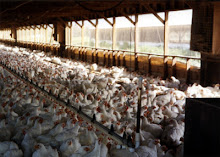




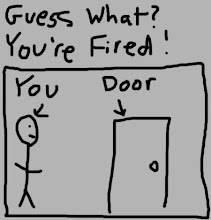
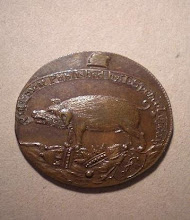









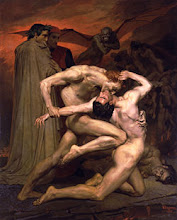_-_Dante_And_Virgil_In_Hell_(1850).jpg)









































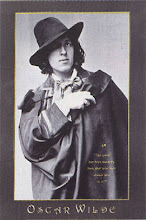
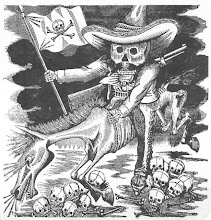












No comments:
Post a Comment